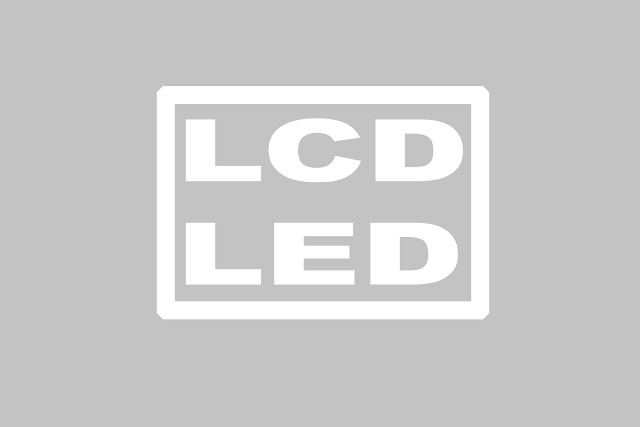Definition LCD and LED
LCD (Liquid Crystal Display) monitor that is collated by using "liquid crystal". LCD is a digital display technology that produces an image on a flat surface (flat) with a ray in the liquid crystal and colored filters, which have a polar molecular structure, sandwiched between two transparent electrodes.
Excess LCD Monitor:
- The image quality is crisp and clear
- Produce more realistic colors
- Rays emitted by the LCD does not tire the eyes
- The consumption of electricity more efficient
- Frendly user display settings (easy)
- Dimensions are thin and light so it saves space
- Anti-glare technology (no shadow)
- There is no radiation emitted
Disadvantages LCD Monitor:
- The LCD screen tends to be more sensitive
- Viewing angle is limited, unlimited color depth and gradation of color less
- Display pictures in resolution only good nativenya
- Response time and ghosting
- Prices are more expensive, need extra care and caution dead pixels
LED (Light Emitting Diode) has the same technology as the LCD with the further development of LCD display which has the effect of enhancing the color displayed is more variation in color.
Advantages of LED Monitor:
- The image contrast very sharply to millions of pixels
- Consumption of electricity is more efficient than LCD
- Minimum use of LEDs are longer
- The size of a more slim lighter than LCD
- The lighting is better than LCD
- More environmentally friendly
Disadvantages LED Monitor:
- Prices are more expensive than LCD
- The LED display is thinner tend to be more sensitive












Post a Comment
Post a Comment